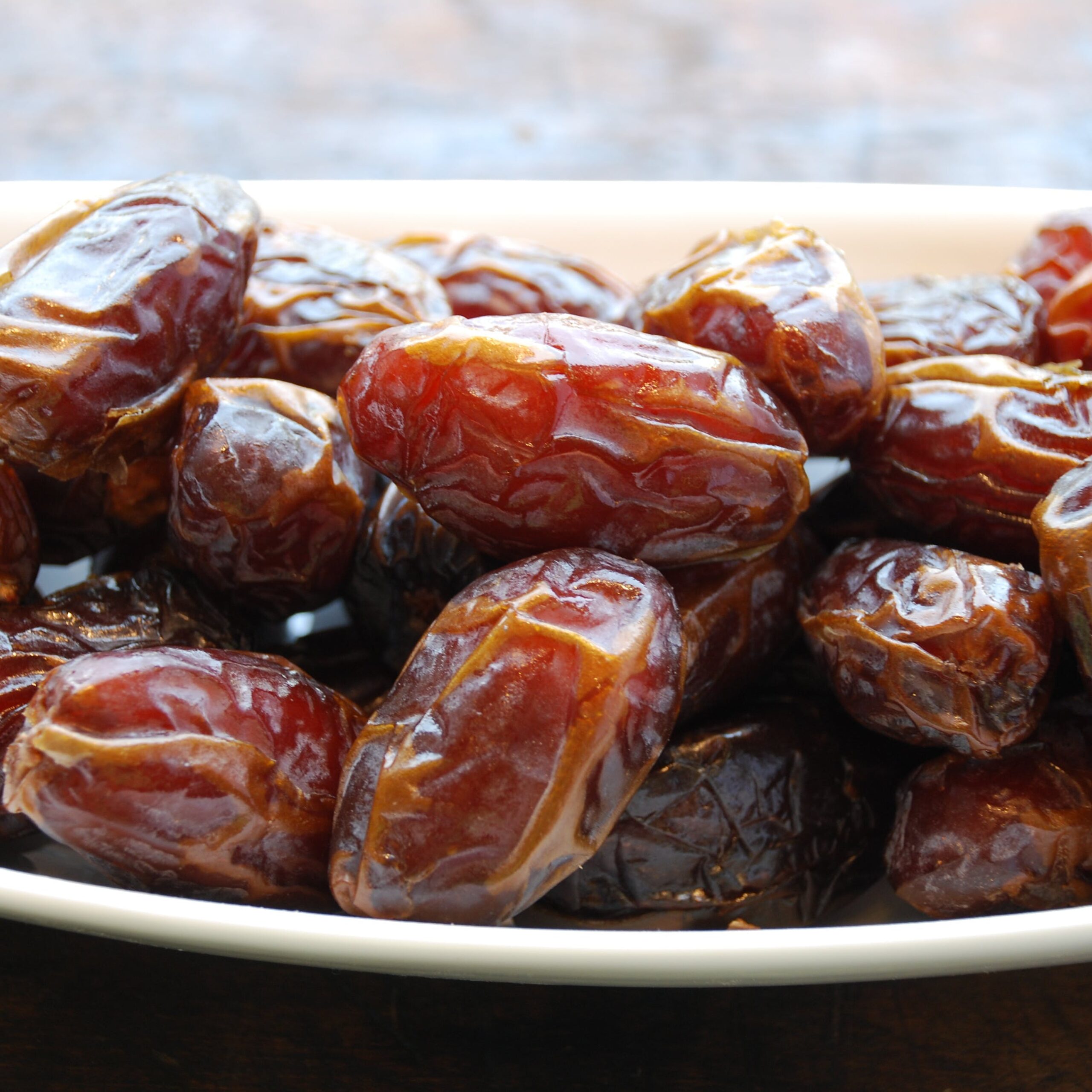Kurma Majol: Exploring the Traditional Harvesting and Processing of Dates

Introduction
Dates are a beloved fruit that has been cultivated and enjoyed for thousands of years. One particular variety that stands out is Kurma Majol. In this blog post, we will delve into the world of Majol dates explore the traditional methods of harvesting and processing dates. Discover the fascinating journey from the date palm tree to the delicious and nutritious fruit we know and love.
The Kurma Majol Variety
Introduction to Majol Dates
Majol dates are a popular variety known for their sweet and succulent flavor. These dates are typically grown in regions with a warm and arid climate, such as the Middle East and North Africa. The Kurma Majol stands out for its medium to large size, soft texture, and rich caramel-like taste. It is highly regarded for its nutritional value and is often enjoyed as a healthy snack or incorporated into various culinary creations.
Harvesting Dates
Date harvesting is a labor-intensive process that requires skill and precision. The harvest season for dates varies depending on the region and climate, but it generally occurs during the late summer and early autumn months. Here are the traditional steps involved in date harvesting:
1. Tree Climbing or Shaking
In traditional date palm orchards, skilled harvesters climb the tall palm trees using ladders or harnesses. They carefully navigate the branches to reach the clusters of ripe dates. Alternatively, long poles may be used to shake the tree gently, causing the ripe dates to fall onto protective nets or sheets spread on the ground.
2. Collecting Fallen Dates
Once the dates are shaken or carefully picked from the tree, they are collected from the nets or sheets spread on the ground. Harvesters take care to gather only the fully ripe dates while leaving the unripe ones on the tree for future harvests.
3. Sorting and Grading
After the collection, the harvested dates undergo a sorting and grading process. This involves separating the dates based on their size, quality, and ripeness. The dates are carefully inspected to ensure that only the best ones move forward for further processing.
Processing Dates
Cleaning and Washing
Once the dates are sorted and graded, they go through a thorough cleaning and washing process. This step involves removing any dirt, debris, or impurities that may have been collected during the harvesting process. The dates are gently washed with water to ensure their cleanliness.
Drying
After washing, the dates are laid out in the sun or placed in drying rooms to remove excess moisture. Drying is a crucial step as it helps preserve the dates and extends their shelf life. The dates are carefully monitored during the drying process to ensure they reach the desired moisture content.
Pitting and Packaging
Some Kurma Majol dates may undergo a pitting process, where the pits are carefully removed to create pitted dates. Pitted dates are often preferred for culinary purposes as they are more convenient to use in recipes. After pitting, the dates are packaged in various forms, such as bulk packaging or individual retail packs.
Conclusion
Majol dates are renowned for their sweet flavor and soft texture. The traditional harvesting and processing methods ensure that these dates retain their natural goodness and nutritional value. From the careful climbing or shaking of date palm trees to the meticulous sorting, cleaning, and drying processes, the journey of Majol dates is a testament to the centuries-old traditions surrounding date cultivation. By understanding the traditional methods behind date harvesting and processing, we can appreciate the effort and craftsmanship that goes into bringing these delectable fruits to our tables.
Key Highlights:
– Kurma Majol dates are known for their sweet flavor and soft texture.
– Date harvesting involves tree climbing or shaking to collect ripe dates.
– Skilled harvesters carefully navigate the palm tree branches to pick the dates.
– Fallen dates are collected from nets or sheets spread on the ground.
– The collected dates undergo sorting and grading based on size, quality, and ripeness.
– The dates are cleaned and washed to remove impurities.
– Drying is a crucial step to preserve the dates and extend their shelf life.
– Some dates may undergo a pitting process to create pitted dates.
– After processing, the dates are packaged for distribution.
– Understanding the traditional methods behind date harvesting and processing helps us appreciate the craftsmanship involved in bringing Kurma Majol dates to our tables.